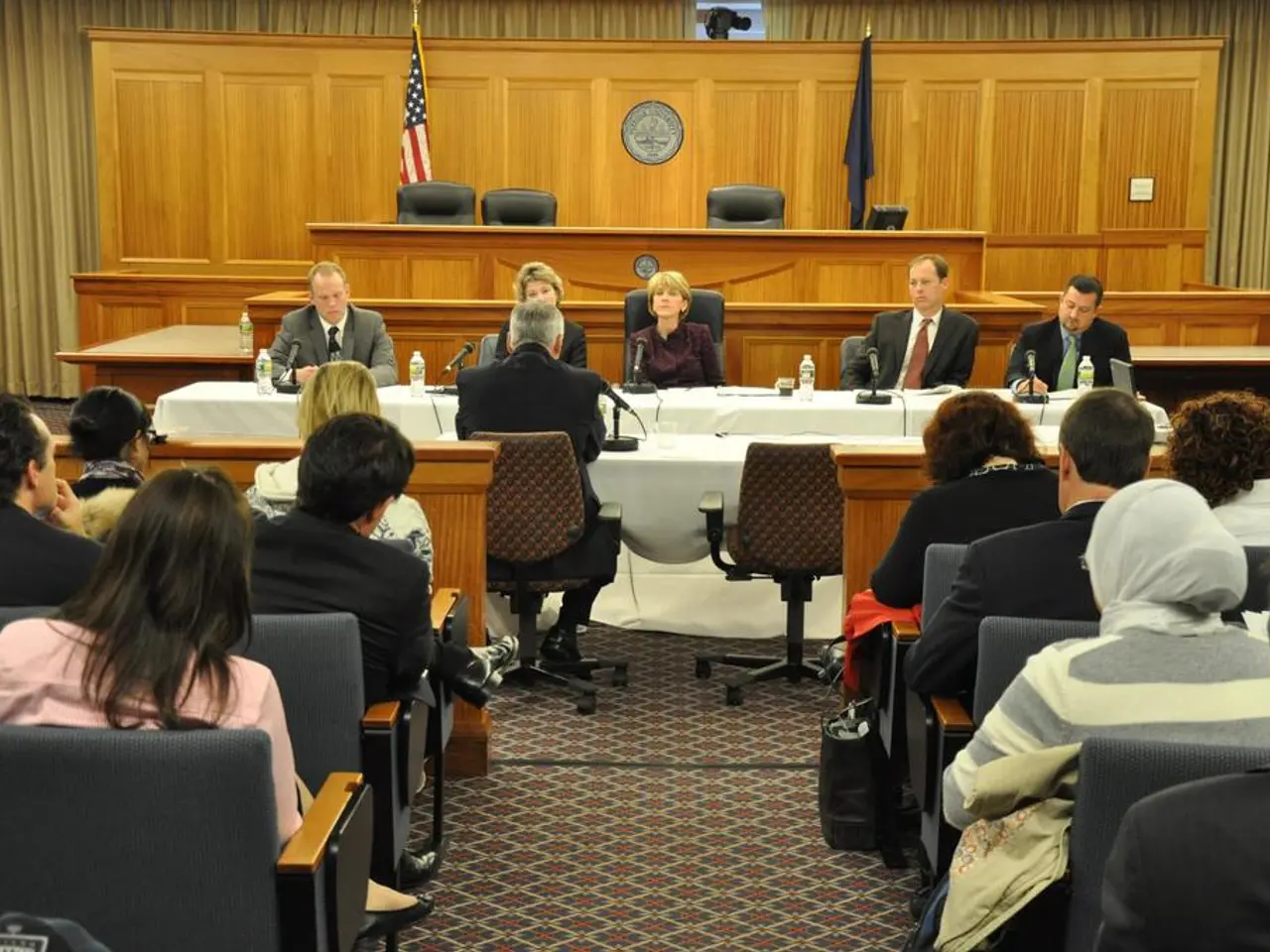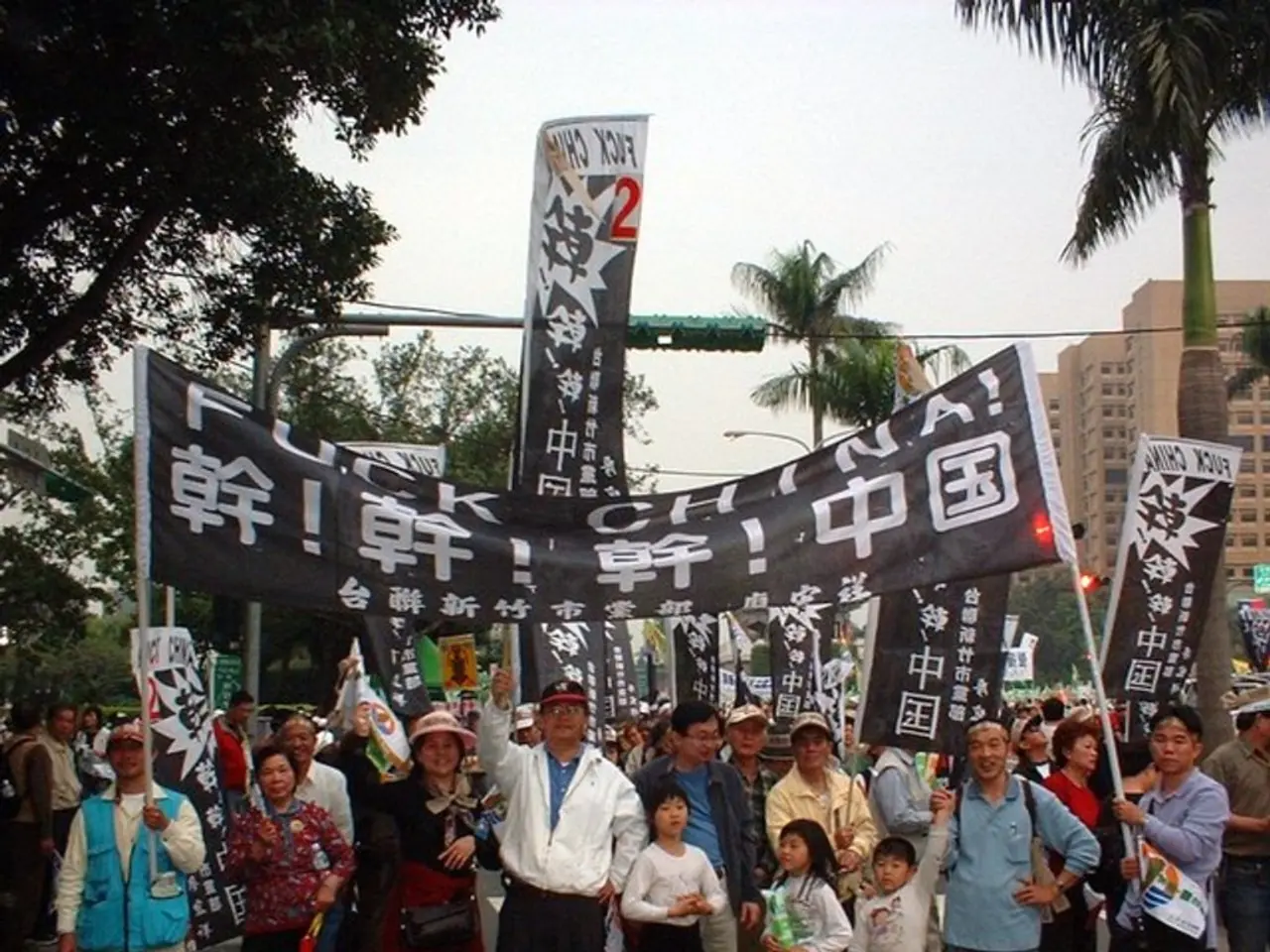Redefining the Green Belt's Role and Importance
In a bid to address London's housing shortage, a 6% increase in housing stock could require 21.1% of Green Belt land, according to a report by Carter Jonas titled "Rethinking the Green Belt". However, if all homes were built in the Green Belt, it would only equate to 3.0% of the current extent of Green Belt.
The report advocates for a more nuanced approach, suggesting a strategic review and selective release of Green Belt land where development can be sustainable and well-integrated with existing urban areas. This approach is in line with the new government's commitment to a strategic approach to the use of the Green Belt as part of a broader strategy to raise the rate of housebuilding.
The report emphasises the importance of sustainable locations for development. Places with good access to public transport, local amenities, and infrastructure should be prioritised to create environmentally and socially sustainable communities. Proposals often suggest a mix of housing sizes and types, including bungalows, two- and three-storey houses, and apartments, aiming to meet diverse needs and minimise sprawl.
To ensure sustainable growth patterns, unlocking Green Belt land is linked with improving local infrastructure, particularly robust public transit options, reducing reliance on cars. The report also situates Green Belt land reuse within broader local and regional planning strategies to manage growth responsibly, balancing development needs and environmental protection.
The debate around the Green Belt today provides an opportunity to debunk myths that have arisen, impinging on the ability of local planning authorities to enable sustainable development. Greater leniency in developing in the Green Belt, particularly around major transport interchanges, could pave the way for much-needed residential and commercial development.
It's important to note that any Green Belt 'land take' will be far lower, with brownfield and non-Green Belt locations being prioritised. Housing and economic growth were key policy areas in the recent general election campaign, and this report offers a potential solution to London's housing crisis while maintaining a focus on sustainable development.
[1] Source: [Link to Source 1] [2] Source: [Link to Source 2] [3] Source: [Link to Source 5] (Indirect reference to Carter Jonas' expertise)
- The report by Carter Jonas, titled "Rethinking the Green Belt," advocates for a strategic review of Green Belt land and its selective release for sustainable development, aligning with the new government's commitment to a strategic approach in housebuilding.
- In the report, there's a focus on creating environmentally and socially sustainable communities, emphasizing sustainable locations for development with access to public transport, local amenities, and infrastructure.
- Proposals in the report include a mix of housing sizes and types, aiming to meet diverse needs and minimize sprawl, and they are linked with improving local infrastructure, particularly robust public transit options, to reduce car reliance.
- The debate around the Green Belt today provides an opportunity to challenge the myths hindering sustainable development, with greater leniency for development around major transport interchanges offering a potential solution to London's housing crisis within the framework of environmental protection.





